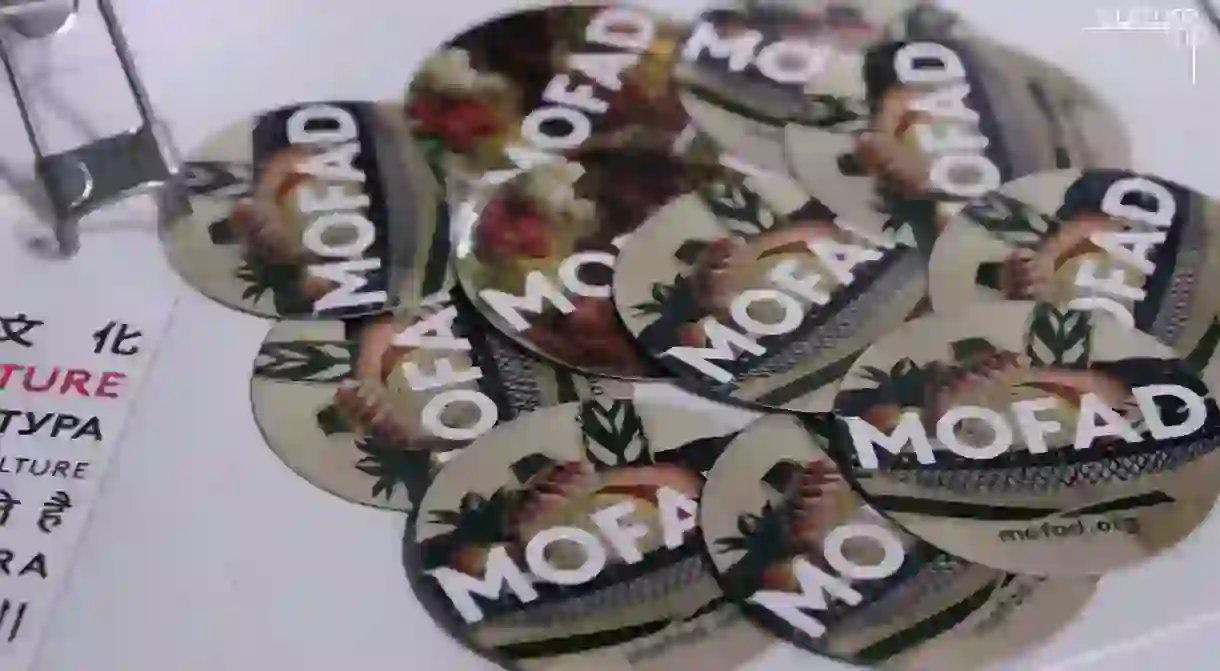Discover The World of Food in Brooklyn's Culinary Museum

Among the dozens of museums that are scattered across New York City’s five boroughs, it is only natural that one represents the ever-relevant and exciting world of food. The Museum of Food and Drink, located in Brooklyn, explores the culture and science behind the dishes we eat.
Once a mobile moving exhibit, Executive Director Peter Kim and acclaimed food writer Dave Arnold, with the help of culinary masterminds from the New York area, set upon a journey to bring culinary exploration to the masses. Their first exhibition was called BOOM! The Puffing Gun and the Rise of Cereal, which consisted of a two-ton tractor mounted puffing machine that demonstrated the process of making one of the most important parts of a balanced breakfast. After garnering a warm reception, they founded MOFAD Lab, the space in which the museum currently stands, on the South side of McCarran Park in Williamsburg, Brooklyn. Here they launched their second exhibit, known as the Flavor: Making It and Faking It, which explained the science that goes into making artificial flavors and smells.
Not one to play it safe, MOFAD’s third and most recent exhibit explored a much more controversial, yet timely, subject. CHOW: Making the Chinese American Restaurant tells the tale of early Chinese immigrants in America, playing close attention to the heated xenophobia that led to one of the most discriminatory laws in American History – the Chinese Exclusion Act of 1882. Among the beautifully presented galleries of culinary memorabilia, the museum also holds cooking demonstrations, debates on food science and ethics, as well as workshops with classrooms from local schools. “We’re eager to show people that there are so many different kinds of things you can do with a food museum,” Kim explained, “Every time we take on something, we’re doing to do a very deep dive into it.”













